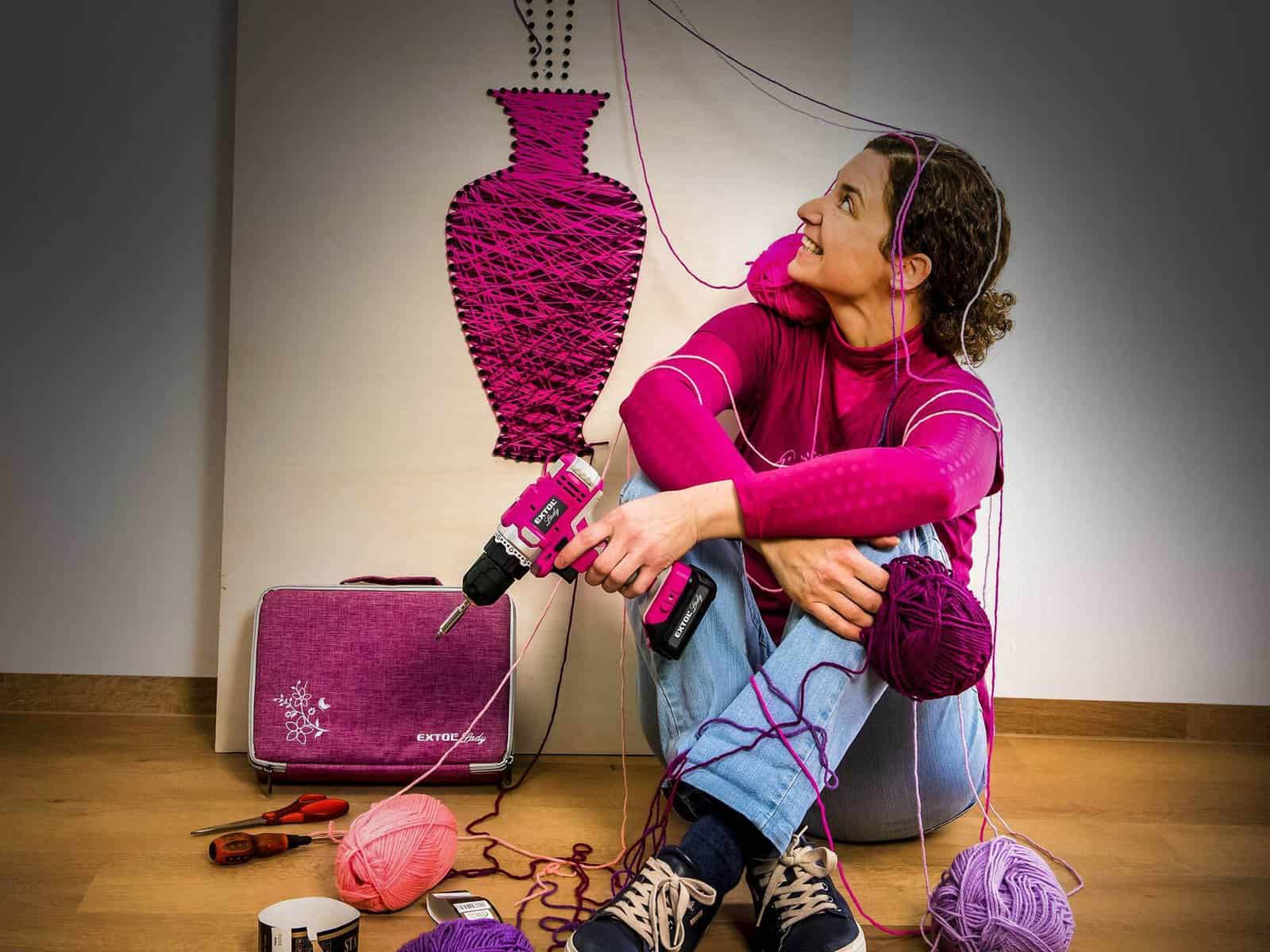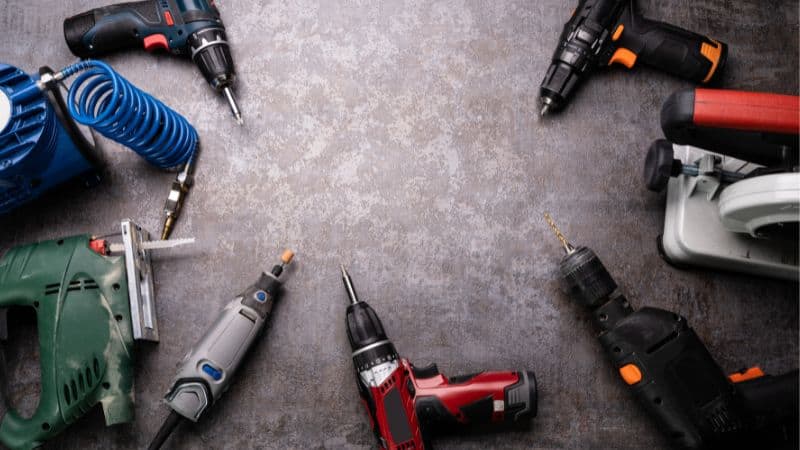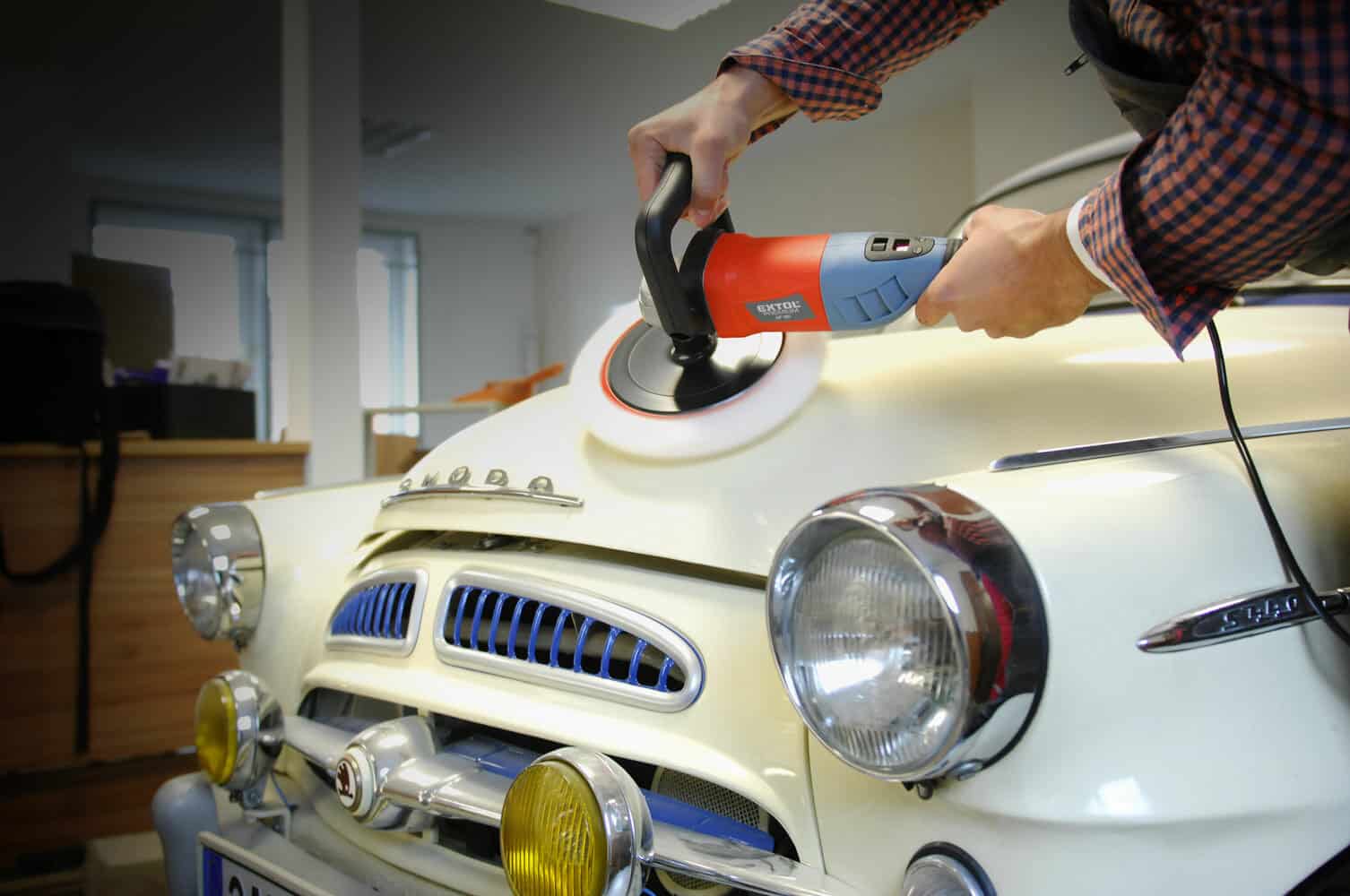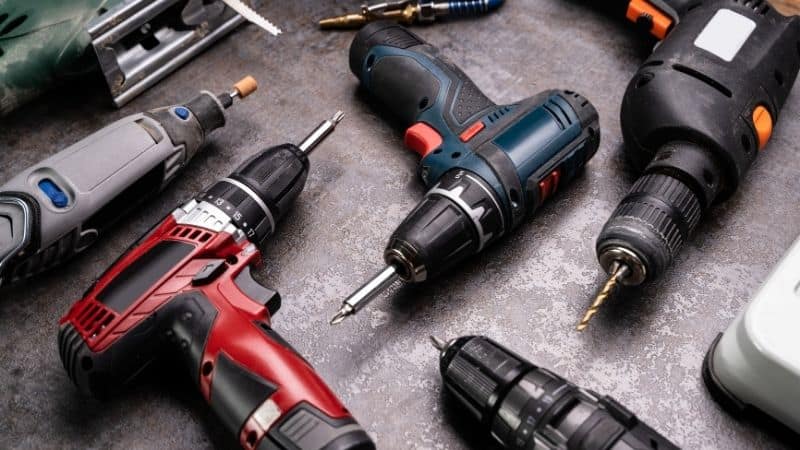Hazards Of Misusing Power Tools
If you misuse power tools, the risks you face are significant and can lead to severe consequences. Here are some hazards to be carefully aware of:
- Injuries from broken or damaged tools: Misusing tools, such as using a screwdriver as a chisel, can cause the tool to break and send sharp fragments flying, potentially injuring the user or others nearby.
- Injuries from loose or damaged tool parts: If a tool like a hammer or axe has a loose, splintered or cracked handle, the head may fly off and strike someone. Wrenches with sprung jaws may slip or snap.
- Eye injuries: Many eye injuries are caused by misusing hand and power tools without proper eye protection like safety glasses or goggles.
- Electrical hazards: Misusing power tools around wiring can lead to electrocution. Damaged power cords also pose electrical risks. Failing to use GFCIs(Ground Fault Circuit Interrupters) for protection is another electrical hazard.
- Lacerations and amputations: Removing guards, using the wrong blade/accessory, or operating tools improperly can lead to severe cuts or amputations.
- Slips and falls: Mishandling tools while on a ladder is a common cause of falls and injuries. Poor footing and overreaching while using power tools also increase slip/fall risks.
- Injuries from loose clothing, hair, or jewelry: Wearing loose apparel or having untied long hair around moving tool parts can lead to the user getting caught and pulled in, causing injury.
- Hazards to bystanders: Failing to keep observers at a safe distance from the work area puts them at risk of being struck by flying debris or tool projectiles from misuse.
To avoid these hazards, it’s critical to always use the right tool properly for the job, maintain tools in good condition, wear appropriate PPE, and follow the following safety instructions.
Safety Rules before Using
1. Read the instruction manual: Always read, understand and follow the tool’s instruction manual before attempting to use it. Pay attention to the nameplate information and warning labels on the tool.
2. Inspect the tool: Check that the tool is in good working condition, with no damage, missing parts, or malfunctions. Ensure all guards are in place. Do not use a damaged tool.
3. Wear proper PPE(Personal Protective Equipment): Always wear appropriate personal protective equipment such as safety glasses/goggles, hearing protection for prolonged use, dust mask for dusty operations, and well-fitting gloves. Avoid loose clothing, jewelry, or untied long hair that could get caught.
4. Prepare a safe work area: Make sure the work area is clean, uncluttered, well-lit, and free of trip hazards, debris, or flammable materials. Ensure good footing and balance.
5. Use the right tool: Only use tools you have been trained on. Select the correct tool for the job and only use accessories specifically recommended by the manufacturer. No substitutions.
6. Check the power switch: Before plugging in, verify the tool’s power switch is in the OFF position to prevent accidental startup. Never carry a plugged-in tool with your finger on the switch.
7. Inspect the cord: Check that the power cord and any extension cords are in good condition with no damage. Use properly rated extension cords and protect cords from traffic and hazards.
8. Avoid dangerous environments: Do not use electric tools in wet/damp locations or explosive atmospheres unless rated for those conditions. Unplug tools when not in use.
Safety Rules while Using
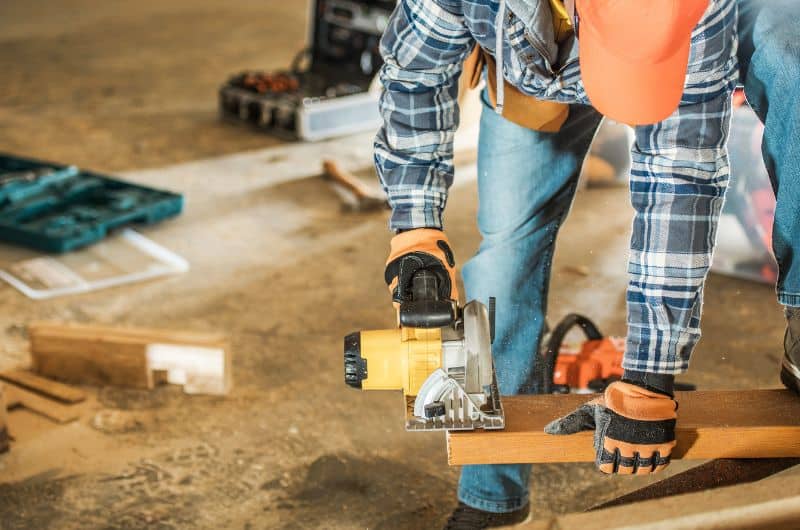
1. Keep work area clean and well-lit: Avoid clutter and poor lighting which can lead to accidents. Keep the area free of debris, trip hazards, and flammable materials.
2. Avoid distractions: Always pay close attention and avoid anything that could distract you while operating the tool. Think ahead and stay focused on the task.
3. Secure your work: Use clamps or a vise to hold the workpiece securely. This is safer than using your hand and frees both hands to properly control the tool.
4. Keep proper footing and balance: Maintain solid footing and good balance at all times while operating power tools. Avoid overreaching.
5. Use the right tool for the job: Only use tools for their intended purposes, not makeshift tasks they weren’t designed for. Use the correct accessories.
6. Don’t force the tool: Don’t push a tool beyond the rate for which it was designed. Let the tool do the work and don’t overload it.
7. Keep guards in place: Never remove or tamper with safety guards and protective devices. Ensure they are working properly.
8. Disconnect tools when not in use: Unplug tools before servicing and when changing accessories like blades or bits. Don’t carry a plugged-in tool by the cord.
9. Never leave a running tool unattended: Wait until the tool has stopped completely before setting it down and unplugging it. Don’t walk away from a tool that is still on.
10. Handle the cord with care: Don’t carry tools by the cord, yank the cord from the receptacle, or expose the cord to heat, oil, or sharp edges. Keep cords away from the tool’s moving parts.
Safety Rules after Using
1. Turn off and unplug tools: Always switch off tools immediately after use. Do not leave a tool running unattended. Disconnect the power supply by unplugging the cord or removing the battery pack.
2. Allow the tool to stop completely: Wait until blades, bits or other moving parts have come to a complete stop before setting the tool down. Never try to slow or stop moving parts with your hand.
3. Perform maintenance: Clean the tool of any dust, debris, or residue. Check for any damage, cracks, exposed wiring, or broken parts. Lubricate moving parts as needed. Replace any damaged or worn-out components.
4. Inspect cords and batteries: Examine power cords and extension cords for any cuts, fraying, or damage. Check batteries and chargers for defects. Have damaged electrical parts repaired or replaced by qualified personnel.
5. Store tools properly: Return tools to their original case, bag, or box if available. Store tools in a dry, secure, indoor location out of the reach of children. Ensure the storage area is free of excess moisture and extreme temperatures.
6. Secure the work area: Clean up and remove any debris, sawdust, scrap materials, or hazardous substances from the workspace. Ensure the area is tidy and free of clutter and tripping hazards.
7. Prevent unauthorized use: Remove any keys, locks, or starter switches from the tools before storing them to prevent accidental startup or unauthorized use, especially by children.
Safety Precautions for Extoltool’s Tools
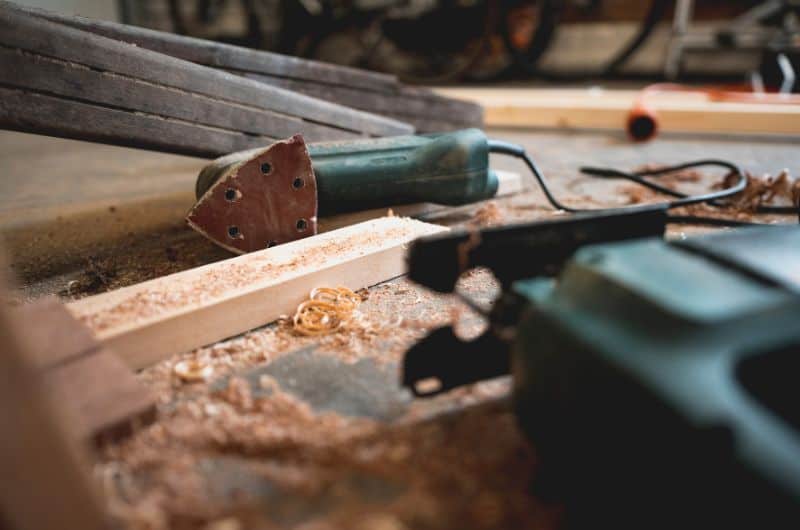
Extoltools can provide you with multiple types of power tools and now let’s explore your exclusive safety precautions together.
Safety Precautions for Screwdrivers
1. Use the right screwdriver for the job, matching size and type to the screw head.
2. Inspect the screwdriver for damage before use. Do not use it if defective.
3. Wear safety glasses and gloves for protection from debris and sharp edges.
4. Maintain a stable, uncluttered workspace and secure the workpiece.
5. Use proper technique, grip firmly, and keep the screwdriver aligned with the screw.
6. Avoid excessive force to prevent slippage and injury.
7. Do not use screwdrivers as pry bars, punches, chisels, or hammers.
8. Store screwdrivers safely in a designated area out of children’s reach.
9. Use insulated screwdrivers for electrical work to prevent shock.
10. Clean and maintain screwdrivers regularly to ensure optimal performance.
Safety Precautions for Drills
1. Wear appropriate PPE: safety glasses, respiratory mask, and well-fitting gloves.
2. Inspect the drill before use for damage, proper bit seating, and chuck key removal.
3. Secure the workpiece with clamps to prevent movement.
4. Maintain proper footing, balance, and grip while operating the drill.
5. Avoid loose clothing, jewelry, and long hair that could get caught.
6. Use the correct drill speed and pressure for the material being drilled.
7. Keep cords away from the drill bit and moving parts.
8. Unplug the drill or remove the battery before making adjustments or changing bits.
9. Clean and store the drill and accessories properly after use.
10. Address any safety or maintenance issues promptly.
Safety Precautions For Mixers
1. Wear appropriate PPE: safety glasses, gloves, and hearing protection.
2. Inspect the mixer before use for damage and proper functioning.
3. Keep the work area clean, well-lit, and free of trip hazards.
4. Keep hands, clothing, and utensils away from moving parts during operation.
5. Do not overload the mixer beyond its specified capacity.
6. Load and unload the mixer carefully, waiting for it to stop completely.
7. Follow electrical safety guidelines and keep cords away from moisture.
8. Never leave a running mixer unattended and turn it off before walking away.
9. Disconnect power before cleaning, adjusting, or servicing the mixer.
10. Clean and sanitize the mixer, bowl, and attachments thoroughly after each use.
Safety Precautions For Hammers
1. Always wear safety glasses to protect your eyes from flying debris.
2. Inspect the hammer before use for any damage, loose head, or cracked handle.
3. Choose the right hammer size and type for the specific task.
4. Grip the handle firmly near the end for optimal control and leverage.
5. Strike with the hammer face parallel to the surface to prevent slippage.
6. Keep your fingers away from the striking surface to avoid injury.
7. Maintain a clean, organized, and unobstructed work area.
8. Use the hammer for its intended purpose only, not as a pry bar or chisel.
9. When using sledgehammers, position helpers to the side and ensure bystanders are clear.
10. Store hammers securely in a toolbox or rack when not in use to prevent damage or tripping hazards.
Safety Precautions for Angle Grinders
1. Always wear proper PPE: safety glasses, face shield, hearing protection, leather gloves, and avoid loose clothing.
2. Inspect the grinder and wheel before use: check for damage, secure guard, and use the correct size and type of disc for the tool and job.
3. Maintain a firm grip with both hands, apply the disc at a 15-30° angle, and don’t force it into the work material.
4. Allow the grinder to reach full speed before contacting the workpiece and come to a complete stop before setting it down.
5. Disconnect power before changing discs or making adjustments, and never remove or disable safety guards.
Safety Precautions for Pneumatic Tools
1. Wear appropriate PPE: safety glasses, hearing protection, gloves, and safety shoes.
2. Inspect tools and accessories before use for damage, wear, or defects. Use only manufacturer-recommended attachments.
3. Maintain proper air supply: use clean, dry air at the correct pressure, secure hose connections, and disconnect when not in use.
4. Use proper technique: keep hands away from pinch points, never carry the tool by the hose or with finger on trigger, and support heavy tools.
5. Maintain a safe work environment: keep the area clean, well-ventilated, and free of tripping hazards. Perform regular maintenance on tools.


